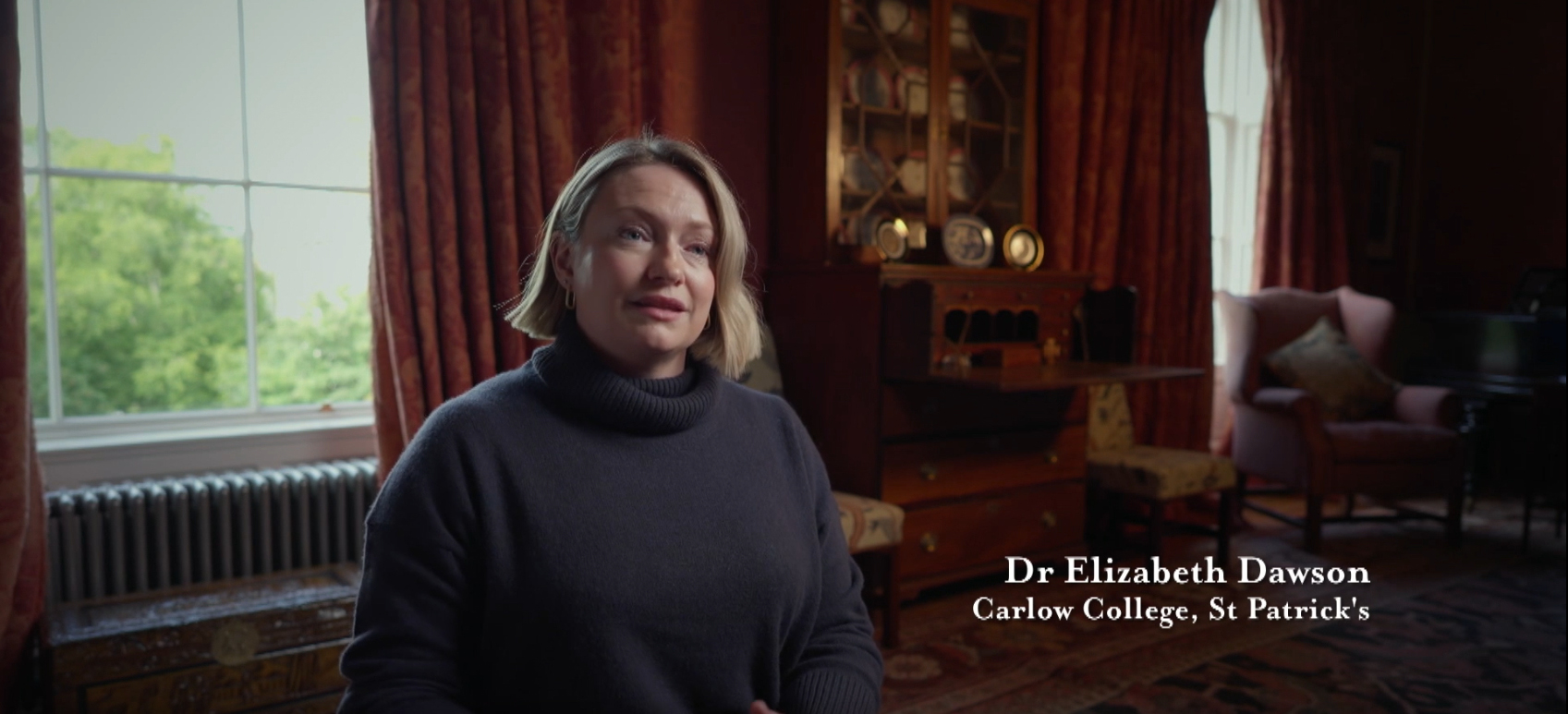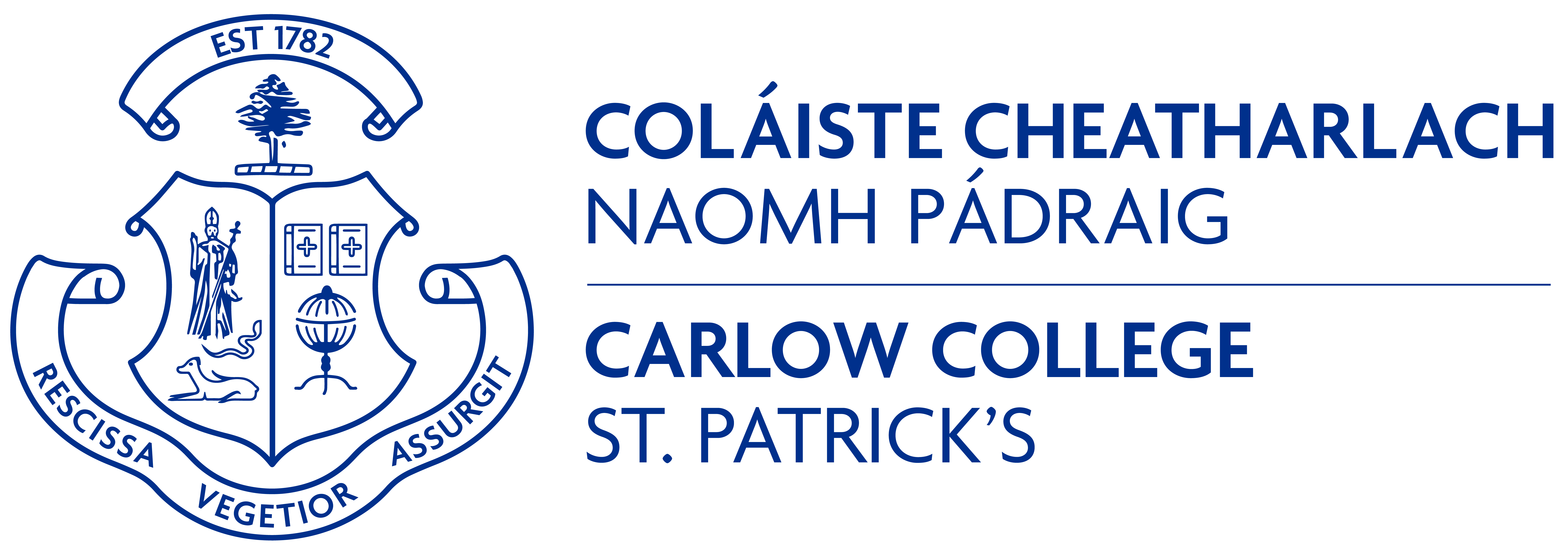Dr Elizabeth Dawson is a lecturer in history at Carlow College and a medieval historian specialising in the early medieval history of Ireland. She is also a co-founder of the Irish Association of Professional Historians.
Her research focuses on the conversion to Christianity in the Medieval West, the cults of early Christian saints, and the development of Brigidine and Patrician veneration in Ireland. She has published several articles on these topics and is the author of Lives & Afterlives: The Hiberno-Latin Patrician Tradition, 650–1100 (Turnhout, in press, 2023).

In recognition of her expertise, Elizabeth has been invited to contribute to several history programmes and podcasts exploring the legacy of St Patrick during the month of March. This year, she has taken part in:
Our Divine Sparks with Dearbhail McDonald
RTÉ Radio 1
St Patrick in his own words: What drove him, how others saw him, and how his image was later shaped to match the ideal of an Irish Apostle. Dr Elizabeth Dawson, lecturer in Medieval History at Carlow College, joins Thomas O’Loughlin, Emeritus Professor of Historical Theology at the University of Nottingham, to discuss St Patrick’s legacy.The Medieval Irish Podcast
Podcast Platforms
In this annual discussion about the man behind Ireland’s national holiday, Fáilte Ireland’s global greening campaign, Dr Elizabeth Dawson provides expert insight into over 14 centuries of St Patrick’s evolving story. She explains how Patrick became Ireland’s patron saint, how traditions surrounding him developed, why the three-day weekend dates back to the 8th century, and the origins of snakes, parades, and green beer.The Story of St Patrick
RTÉ Player
A deep dive into St Patrick’s extraordinary mission from Roman Britain to Ireland and how he spread the Christian faith 1,500 years ago.
Elizabeth’s research explores the historical development of St Patrick’s legacy, from his own writings to later medieval interpretations and traditions. Her recent contributions to broadcasts and podcasts provide context on how his veneration evolved over time and how it continues to be observed today.

